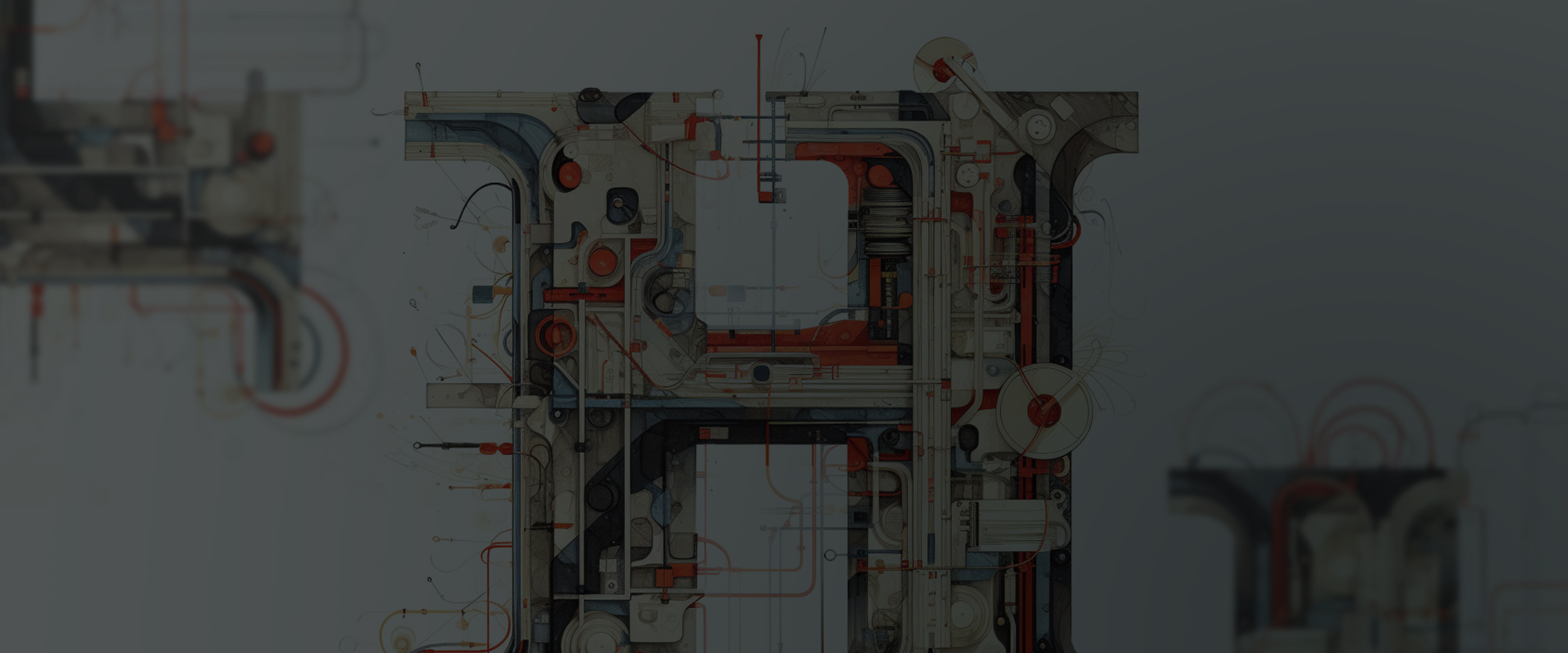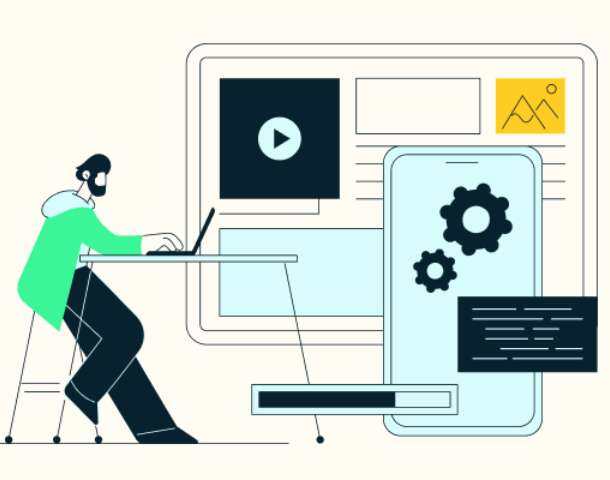
Everything you need to know about headless CMS development
Estimated reading time:
3 minutes
3 minute read
Posted on Mar 14, 2024
Mar 14, 2024
Have you been considering headless? Imarc has outlined the best scenarios for headless CMS development, examples, and other options to help you reach your goals.


